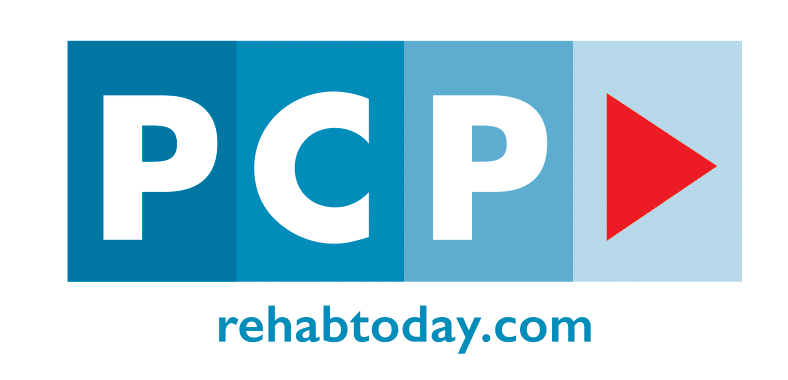Identifying a problem is the first step to fixing it. However, at PCP – The Perry Clayman Project, we know that it can be difficult to identify addiction. Knowing the signs and symptoms of addiction can help. This includes behavioural changes, physical challenges, and removing stigmas associated with addiction. Taking the first step is difficult, but it can be the first step towards a new direction.
At PCP – The Perry Clayman Project, we help clients in their healing journey that takes them through identifying their challenges with substance abuse and addiction, making changes in their choices, and learning how they can maintain improved well-being both in treatment for addiction and after. When an individual accepts they are struggling with addiction, they open up doors that can provide them with care and support to make these changes.
Defining Addiction
Addiction is a term that is used when a person has a dependence on something. It is a chronic disease that is characterised by a compulsive need to use a substance or undergo a certain behaviour. However, it goes beyond devotion and leads a person to pursue the behaviour or substance without heed to other consequences.
Addiction to a substance develops over time. The initial use of a substance is generally voluntary. However, with continued use, substances make changes in the brain, hijacking a person’s pleasure pleasure-seeking centres of the brain. These changes vary depending on the specific substance. However, addiction is not a choice that a person makes. Instead, it is a combination of physical changes that interfere with a person’s ability to make other choices.
Signs and Symptoms of Addiction
There are many signs and symptoms of addiction that can help a person to identify if they or someone they love is struggling with drug or alcohol addiction. The symptoms related to addiction can be both behavioural, how a person is acting, and physical, how an individual feels. These symptoms can and often do look different for each person and will change over time.
It is important to know that there is no type of person who develops addiction. Addiction can develop in individuals from a variety of different backgrounds, ages, and economic statuses. When considering the signs and symptoms of addiction, it is also important to note that working with a professional, such as staff at PCP – The Perry Clayman Project, is important. We help individuals identify if the signs they are seeing are due to addiction, other mental health challenges, or a combination of factors.
Behavioural Symptoms of Addiction
When an individual is struggling with addiction, there are many changes in their behaviour. Most notably, a person addicted to a substance or behaviour will begin to prioritise the topic of their addiction over other aspects of their life. For example, a person with a drug addiction will prioritise getting and using drugs over their health and wellness, loved ones, or other activities.
In addition to changes in priorities, addiction causes other behavioural symptoms. This includes an increase in high-risk behaviours. Individuals struggling with addiction are more likely to engage in high-risk behaviours, and thus, they or their loved ones will notice.
Other noticeable behavioural changes include:
- Hanging out with different or new friends
- Not caring about their appearance
- Missed classes or workdays
- Loss of interest in previously enjoyed activities
- Changes in eating or sleeping habits
- Getting in trouble in school or with the law
Physical Symptoms of Addiction
In addition to changes in a person’s behaviours, addiction also results in physical symptoms that can serve as signs of addiction. Physical changes are a result of drug or alcohol use. For example, when a person is struggling with addiction, they experience changes in sleeping, eating, and self-care activities. Therefore, their physical health will suffer. This may look like unexplained weight loss, weight gain, or changes in energy level.
Other physical symptoms of addiction include bloodshot eyes due to substance abuse. Coordination can also be impacted by addiction, causing a person to bump into things, trip more easily, or struggle with tasks that have not been difficult for them in the past. Additionally, individuals or loved ones may notice different smells coming from a person struggling with addiction. This may be partially due to the presence of substances.
When and How to Seek Help
Knowing when and how to seek help when struggling with addiction is challenging. When a person is showing signs of substance dependence and addiction, it is time to seek help. While this looks different for each person, the signs and symptoms of addiction are present. It is vital that individuals and their loved ones notice these symptoms of addiction and take the need for help seriously.
At PCP – The Perry Clayman Project, we understand that seeking help is difficult. Therefore, we walk our clients through each step of the healing process. From the moment that a client enters our facility, we provide care and support that help them to heal. This includes support in each step of getting help and effective treatment that addresses physical dependence and behaviours that play a role in a person’s challenges with addiction.
When you see the signs and symptoms of addiction, you can make a choice to take the first steps towards a new life. To learn more about PCP – The Perry Clayman Project and how we can help you to know if your signs and symptoms point to addiction, call us today at 08000 380 480.
